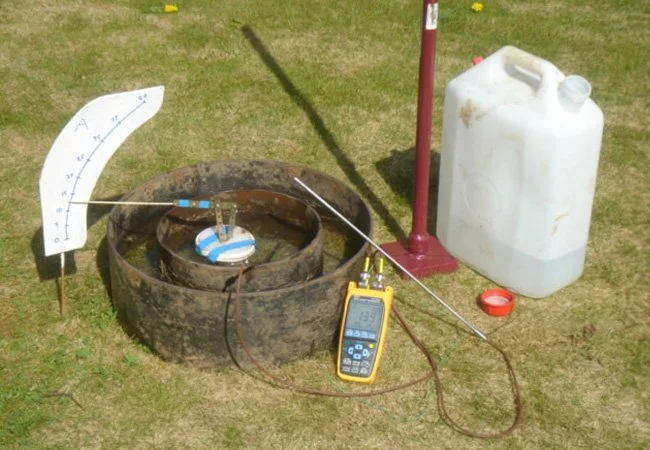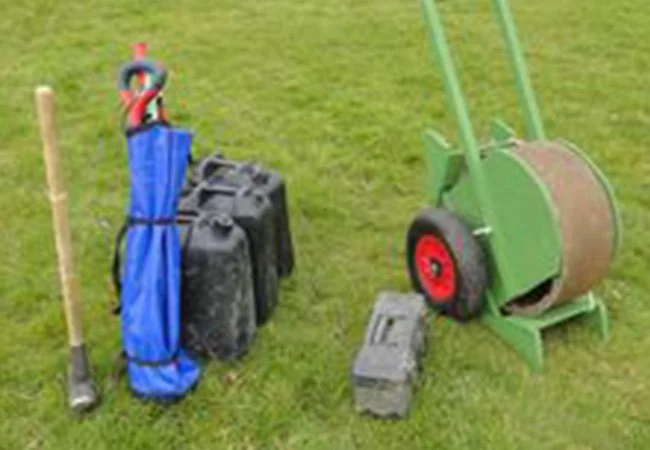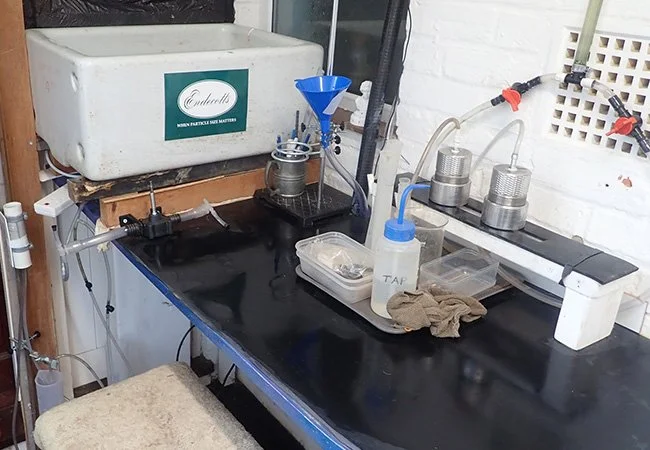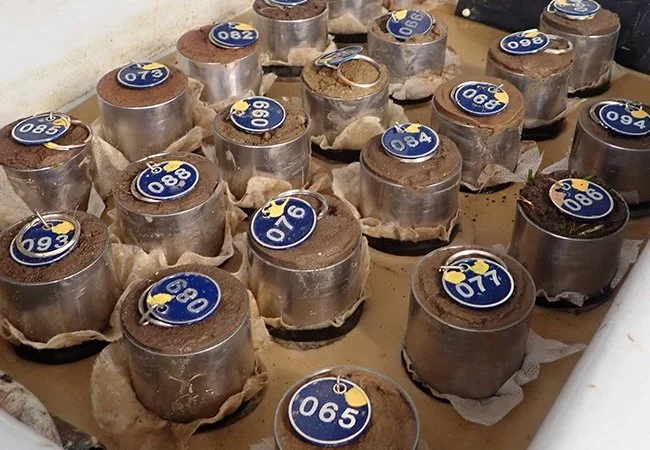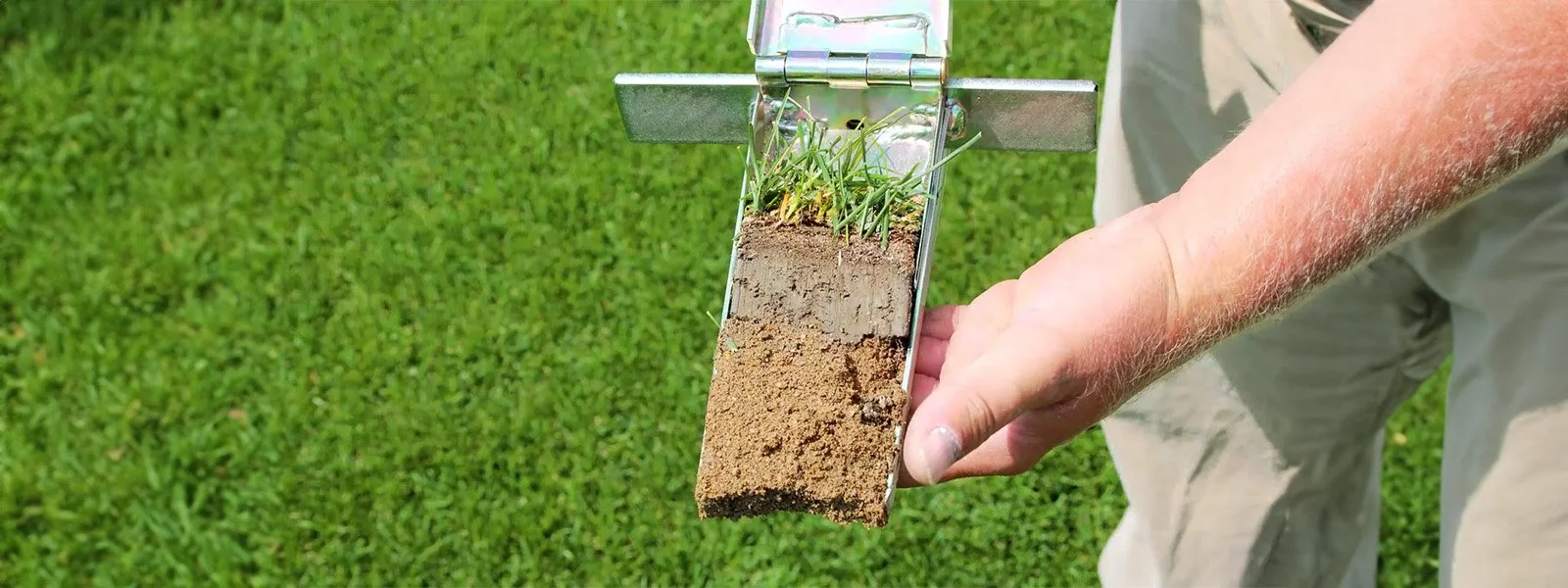
Soil Testing
Whether as part of a general site appraisal or for more specific purposes, the nature and condition of the soil is central to our work. During any site visit, excavation reveals the nature of the soil profile. Various aspects of the soil may also be quantified to inform subsequent procedures, for example drainage design or soil handling methods.
Soil Texture (sand, silt, clay and organic matter content)
This can be estimated by hand or measured accurately in the laboratory. Soil samples may be tested for example against the relevant British Standard or, more usually, the data are interpreted by us on their own merits.
Soil Chemistry
Simple chemical tests such as pH measurement we carry out ourselves. Other tests, including mineral content, phosphate, potassium, magnesium etc, are carried out by an approved laboratory and the results are then interpreted by us.
Soil Structure and Hydraulic Properties
Increasingly we are focussing our attention on tests of soil structure which we undertake ourselves on samples collected in the field. These include bulk density, total and air-filled porosity, moisture release characteristics and hydraulic conductivity. Along with other measures of soil performance, notably soil texture, these data can inform the likely performance characteristics of a soil in the field and the extent of drainage that may be required to meet our client’s needs.
Water Infiltration and CBR
In the field we routinely carry out infiltration measurement using double ring infiltrometers. These are designed for sports turf use on relatively free-draining soils and the data are often required by funding providers, for example Sport England.
Planning authorities often ask for data on subsoil infiltration (percolation) rate in association with proposed sports facility developments. These data inform drainage and soakaway design according to SUDS principles principally for artificial but increasingly for natural surfaces as well. (See Other Technical Services). We undertake this quite demanding measurement according to the procedures set down in BRE365. The results are incorporated into planning applications and of course into the drainage and attenuation system designs for our facilities.
The installation of artificial pitches and floodlight columns usually requires CBR (California Bearing Ratio) testing of subsoils to confirm its stability under load. Suitable data may be obtained using our Dynamic Cone Penetrometer. We have found that a ‘contour’ map of the area of the pitch showing the varying soil strengths gives the best indication of whether and where soil reinforcement may by necessary.
Intact soil coring equipment.
Double ring infiltrometer.
Field equipment for sports pitch infiltration testing.
CBR (California Bearing Ratio) distribution showing area needing reinforcement.
Agrostis’ apparatus for measuring the hydraulic conductivity of field samples.
Soil samples being tested for soil structural characteristics.


